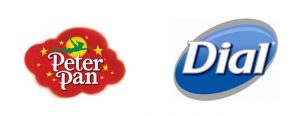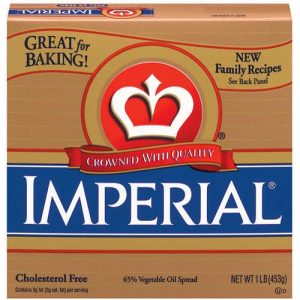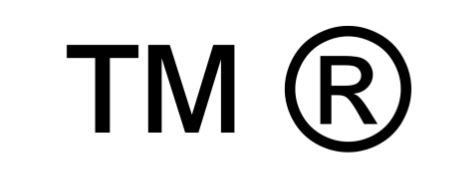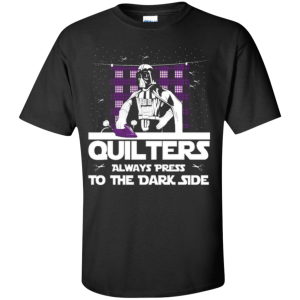Trademarks can be a word, phrase, design, symbol, or a combination of them. The purpose of a trademark is to accurately identify the origin of goods or services.
Shapes can only be trademarked if they are distinctive.
Process of obtaining a Trademark:
Adopt your mark by using it (or file an Intent to Use application) and file an application for a registered trademark. Examiners at the United States Patent and Trademark Office (USPTO) review the application. Others can challenge the validity of the mark within the first five years of use. After that, it is irrebutable. Renewal is required, but otherwise, your trademark lasts forever.
Hierarchy of strength of mark:
- Coined mark (made up), such as Xerox or Exxon

- Arbitrary mark (does not convey any qualities of the product), such as Peter Pan Peanut Butter or Dial Soap

- Suggestive mark (the quality of the product is pitched, but you must use your imagination), such as Imperial Margarine

- Descriptive mark, such as Quality Inn

- Generic Mark (common descriptive name for the product itself), such as Super Glue, Play-Doh, or Kitty Litter

Common exclusions from registration:
- Descriptive name
- Geographic name
- Surname
If your mark falls within the first three categories (coined mark, arbitrary mark, or suggestive mark), the trademark is probably protectable immediately becuas they are inherently distinctive and will not cause confusion. Descriptive and generic marks can be trademarked only after the mark is so well known that the applicant can show that the mark has acquired secondary meaning.
You do not have to register your mark with the USPTO in order to enforce it (there are state laws protecting trademarks); however, it is very helpful.
You can use the TM sign (encouraged), but you can only use R with a circle after it is registered.
You must show that the public is likely to be confused by another’s mark. Does anyone think that the source of this shirt is Disney?


